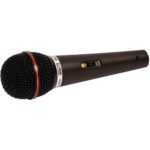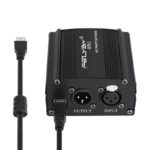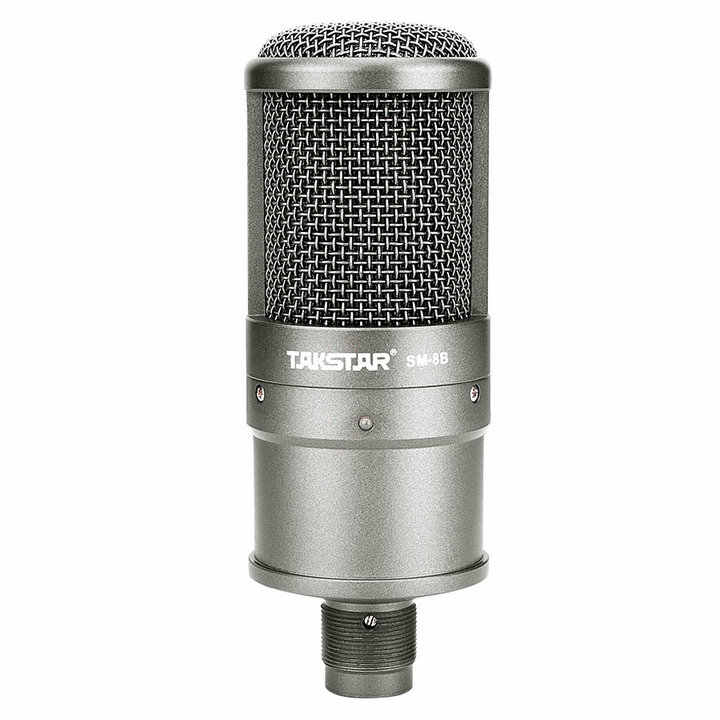How the microphone works
 Many of the most important inventions of mankind, created to transmit sound over a distance, be it a radio or a telephone, could not do without a device for receiving sound waves. The invention of the microphone was so necessary that it was invented simultaneously in different parts of the planet. And it is still not entirely clear which scientist can be called the founder of the device. Today, devices are used in almost all spheres of life, from complex space exploration to a conversation between two housewives on the phone. At the same time, few people think about what this seemingly simple device looks like from the inside.
Many of the most important inventions of mankind, created to transmit sound over a distance, be it a radio or a telephone, could not do without a device for receiving sound waves. The invention of the microphone was so necessary that it was invented simultaneously in different parts of the planet. And it is still not entirely clear which scientist can be called the founder of the device. Today, devices are used in almost all spheres of life, from complex space exploration to a conversation between two housewives on the phone. At the same time, few people think about what this seemingly simple device looks like from the inside.
The content of the article
How the microphone works
The purpose of a microphone is to convert sound waves into electrical impulses. They are recorded on media, and after that, thanks to special programs, they are again converted into sound, making it possible to listen to what was recorded. To make sound recording possible, various types of microphones are used. The simplest of them work on the principle of an eardrum. Air vibrations created by sound cause a thin film installed inside the device to vibrate. This diaphragm, in turn, moves an induction coil wound around a permanent magnet, that is, located in a constant magnetic field.
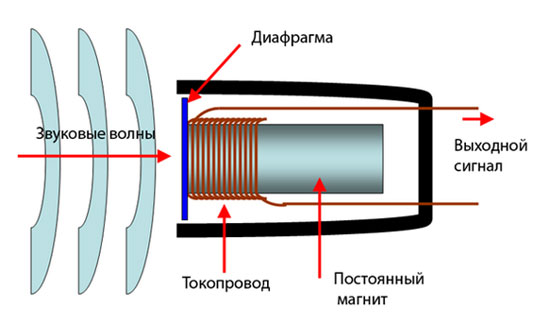
Due to this movement, electrical impulses appear in the coil, which travel through the wires to the sound recording device.The length and intensity of the pulse directly depends on the volume and time of exposure of the sound waves to the membrane.
Attention! There are also much more complex types of such devices, for which microcircuits and additional power supplies are used. The sound quality obtained using more advanced technologies is many times greater than the capabilities of the simplest dynamic microphones.
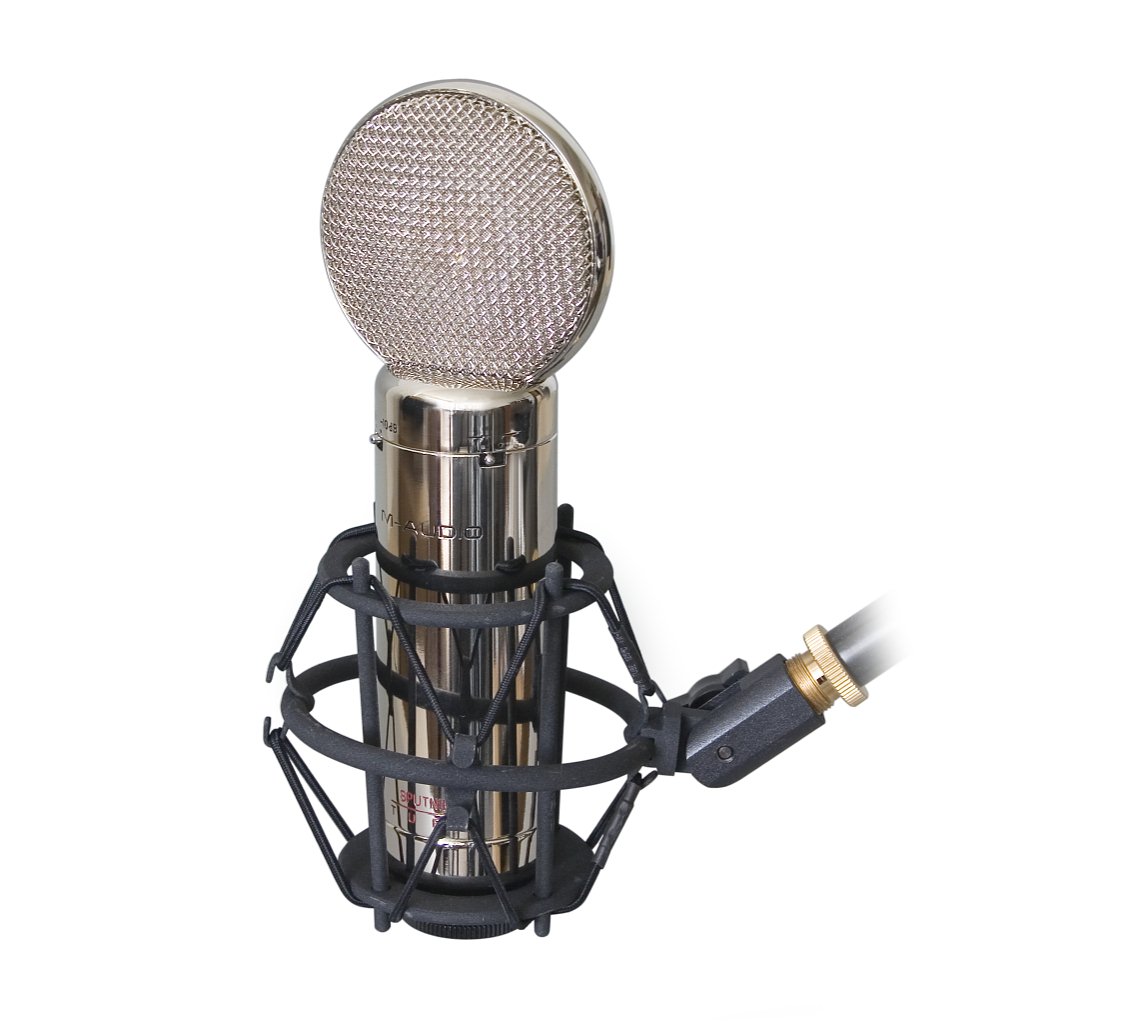
Microphone design
The most common and widely used ones work as follows:
- Classic (dynamic). It is by far the most affordable and, at the same time, the simplest in design. Using a very thin (several microns) tightly stretched paper membrane, it transmits sound vibrations to a coil located in a magnetic field. Due to the simplicity of their design, such devices are the most affordable. However, the signal transmission quality is quite low.
- Condenser. This is a more advanced design of the sound receiving device. It is based on a capacitor, one of the plates of which plays the role of a diaphragm, receiving sound waves. Due to the vibration of the plate, the capacitance of the capacitor changes, creating pulsed currents. To operate this type, you need an additional power source, such as a battery, rechargeable battery or a cord for connecting to the network. This type of device is used for professional recording in studios.
- Electret. They are one of the types of capacitor devices; for their operation, a special electret composition is applied to the membrane, which creates the necessary voltage. This composition can work for more than 30 years.And the structure allows you to make it very miniature and use them in all kinds of gadgets - smartphones, tablets, laptops, smart watches.
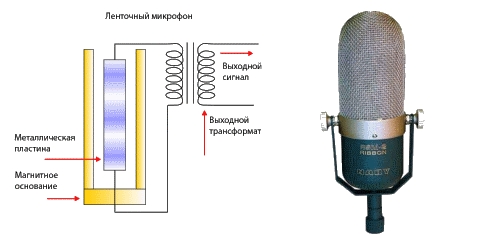
What types of microphones are there?
In addition to the most common dynamic and condenser microphones, there are other types.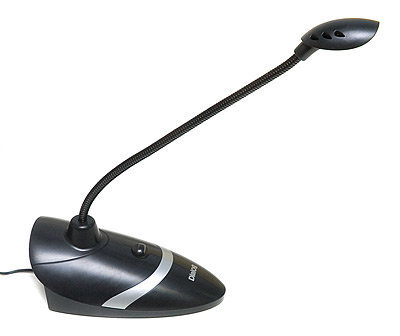
Due to the complexity of the design, the high cost of production or insufficient quality indicators, they are less common. These include carbon (Usa Microphone), optoacoustic, piezoelectric and others, mainly used in very narrowly focused scientific experiments.
A beautiful melody playing in the player, the voice of a loved one who is not around - all this would be impossible without a little assistant who can create a flow of electrons in wires from sound.

